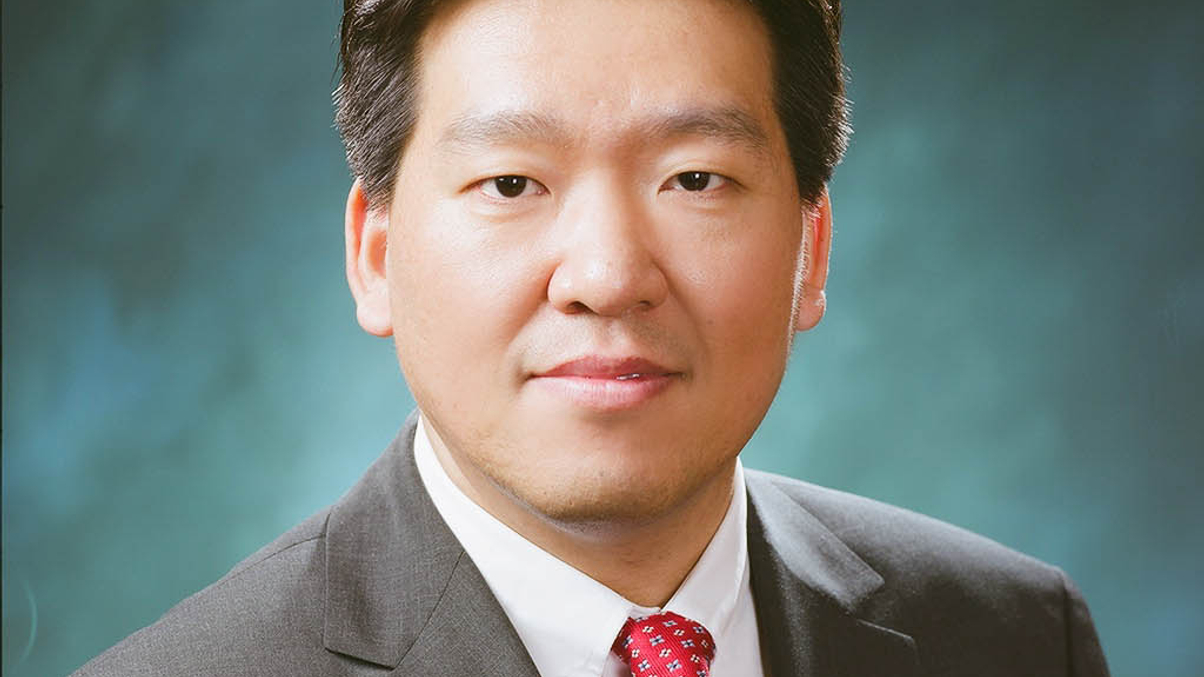Alternative investments in the 'new normal': Part II
In a letter to AsianInvestor, the government-controlled entity’s chief performance officer, Jurng Chuljoong, examines private equity, special situations, venture capital and hedge funds.

AsianInvestor published the first of a two-part series yesterday based on a letter we received from Jurng Chuljoong, chief performance officer at Korea Post.
Sign in to read on!
Registered users get 2 free articles in 30 days.
Subscribers have full unlimited access to AsianInvestor
Not signed up? New users get 2 free articles per month, plus a 7-day unlimited free trial.
¬ Haymarket Media Limited. All rights reserved.


